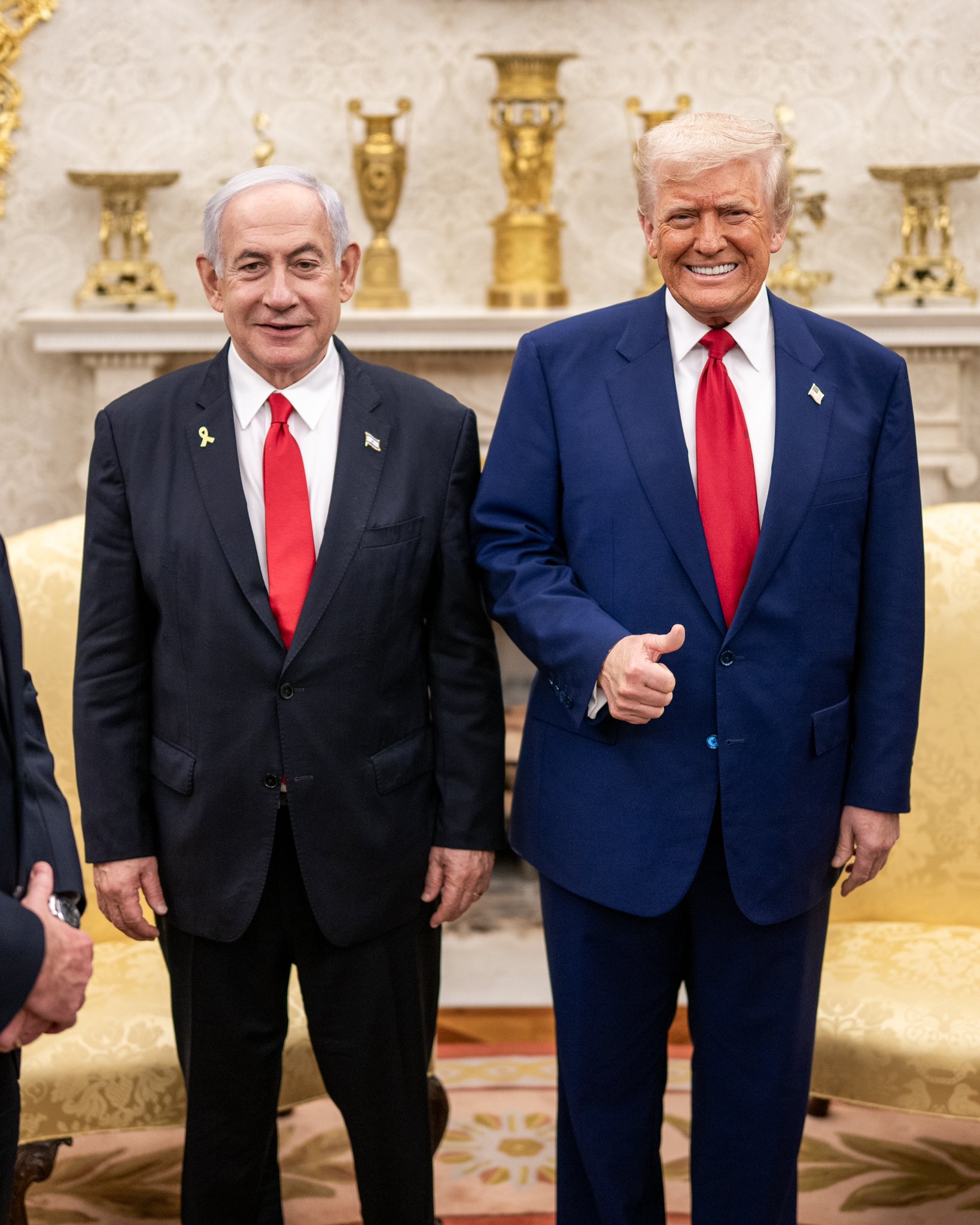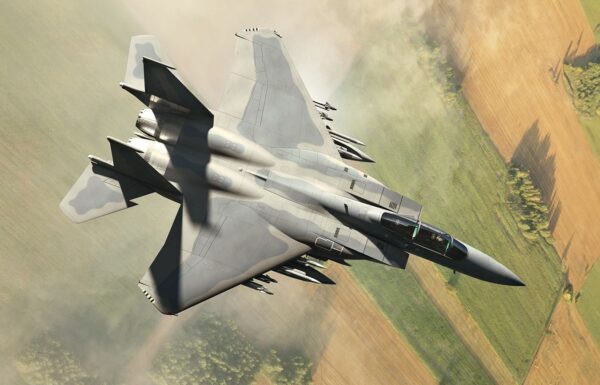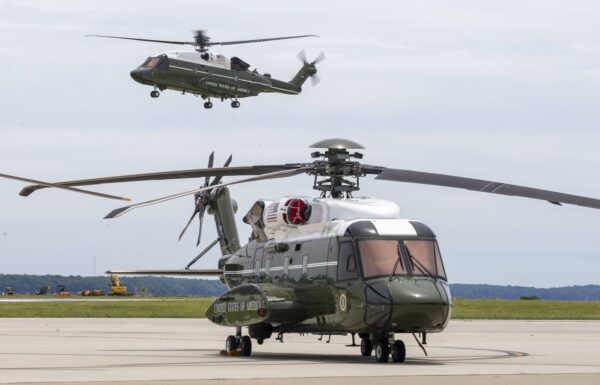On Monday, April 7, 2025, during a meeting at the White House with Israeli Prime Minister Benjamin Netanyahu, U.S. President Donald Trump unexpectedly announced that his administration would submit an amendment to the National Defense Authorization Act (NDAA) for the fiscal year 2026 to Congress, establishing financial frameworks for spending 1 trillion USD.
 Photo: The White House via Facebook
Photo: The White House via Facebook
“We also essentially approved a budget, which is in the [vicinity], you’ll like to hear this, of a trillion dollars,” Trump said while meeting with Israeli Prime Minister Benjamin Netanyahu. “$1 trillion, and nobody’s seen anything like it. We have to build our military, and we’re very cost conscious, but the military is something that we have to build, and we have to be strong, because you got a lot of bad forces out there now. So we’re going to be approving a budget, and I’m proud to say, actually, the biggest one we’ve ever done for the military.”
Later, U.S. Secretary of Defense Pete Hegseth confirmed the president’s words in a post on the social media platform X:
Thank you Mr. President!
COMING SOON: the first TRILLION dollar @DeptofDefense budget.
President @realDonaldTrump is rebuilding our military — and FAST.
(PS: we intend to spend every taxpayer dollar wisely — on lethality and readiness) pic.twitter.com/WcZlNAHgDG
— Pete Hegseth (@PeteHegseth) April 7, 2025
It is not known when the federal budget project for the fiscal year 2026 will be presented or what shape it will take. Previously, there was talk of reducing expenses and budget cuts (Defense Secretary Hegseth spoke of cuts at a level of 5% annually, and President Trump proposed drastic cuts of up to half to China and Russia), and unconfirmed reports suggested it would be presented in May—something neither the White House nor the Department of Defense has confirmed.
It is worth noting that on Thursday, April 3, during his first visit to NATO Headquarters in Brussels, U.S. Secretary of State Marco Rubio, where he met with NATO Secretary General Mark Rutte, addressed Donald Trump’s call for allies to increase their defense spending:
“No one expects that you’re going to be able to do this in one year or two, but the pathway has to be real,” he said, adding that the United States also will need to increase its own defense expenditures.
The current defense budget for the U.S. Department of Defense (for the fiscal year 2025) is 849.9 billion USD, and when combined with the Department of Energy’s budget, which is responsible for the nuclear arsenal (33.3 billion USD), and other defense-related funds (12 billion USD), the total NDAA defense budget amounts to 895.2 billion USD.
In relation to the U.S. Gross Domestic Product (GDP) in 2024, which according to World Bank data was 26.889 trillion USD, this represents 3.33% of GDP. If the U.S. were to allocate 5% of GDP to defense, it would amount to 1.46 trillion USD based on 2024 figures.
For comparison, on March 5, during the 14th National People’s Congress of China, it was announced that defense spending would increase by 7.2%, amounting to approximately 245 billion USD. According to the latest data from the State Council of the People’s Republic of China, the GDP in 2024 was approximately 134.908 trillion CNY/18.77 trillion USD, meaning defense spending accounts for only 1.3% of GDP.
On the other hand, Russia, which is engaged in a full-scale war with Ukraine, approved this year’s defense budget at around 166 billion USD, or 6.31% of GDP.
































